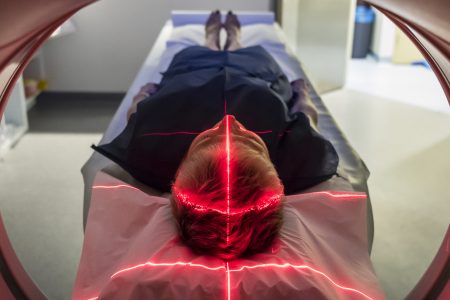Creating a brain atlas
Explorers in the 14th century were mapping planet earth, but explorers in the 21st century are still trying to map “planet brain”.
Mapping
In the 21st century humans have created very detailed maps of planet earth, have mapped other planets, and are even in search of extraterrestrial life. Yet you might be surprised to hear that we have actually not yet succeeded in fully mapping the structures that are inside our brain. This is particularly true for (small) structures that are located deep in the brain, especially on the brainstem. Surprising, isn’t it?
What prevents us from looking inside our brain?
The challenges are of two kinds: technical and anatomical. Regarding the technical challenges, there is a need for specific technological advancements, and these have only recently taken place. This means that no matter how hard the researcher-explorers of the past tried to map these structures in living humans, such an enterprise was simply impossible because the timing was not right: one is dependent on technological advances that take quite some time to become feasible and be implemented in brain research. Regarding the anatomical challenges, some structures are difficult to map because they are small and also in some cases located in parts of the brain that cannot be easily visualized in living humans within the MRI scanner.
Moving brain structures
These structures may be close to blood vessels, for instance. The brain tissue close to the vessels pulsates when blood is rushing through them, and even though this motion is really small, it is sufficient to make it very difficult to obtain a good image of the structure. It’s like when you try to take a photo of a moving object. The image is blurry, isn’t it? The same holds for brain structures that “move” inside the brain while the MRI scanner is trying to take many pictures of them. What would be a possible solution in this case? You either wait for better technology (e.g. a better camera for the photographer, or better MRI methods for the brain explorer). Alternatively the photographer can take a photo of a non-moving object; similarly, the brain explorer can scan the brain of a dead donor (the structure is not moving because there is no blood rush).
Different people, different brain structures
Just to make the entire enterprise more challenging and fun (all explorers should enjoy a challenge, after all!), there are many individual differences in the location and size of these structures: in different people these brain structures can be a bit higher or lower, and the size and shape can also differ. It is as if you wanted to create a single map of the USA, but found there were many USAs and they were all slightly different from each other.
What would be the solution in this case?
A probabilistic map. This map aligns all the different brain structures (the different maps of the USA), one on top of the other and quantifies the similarities and the differences. In this way the final output is a map that shows a representative image of the core structure (the core of the USA), but also some extra borders around it (to represent those maps that are slightly bigger or smaller than the core). This helps to quantify the certainty of the structure localization (e.g., what percentage sure are you that you are in the USA)?
Creating an atlas for the brain structure locus coeruleus





